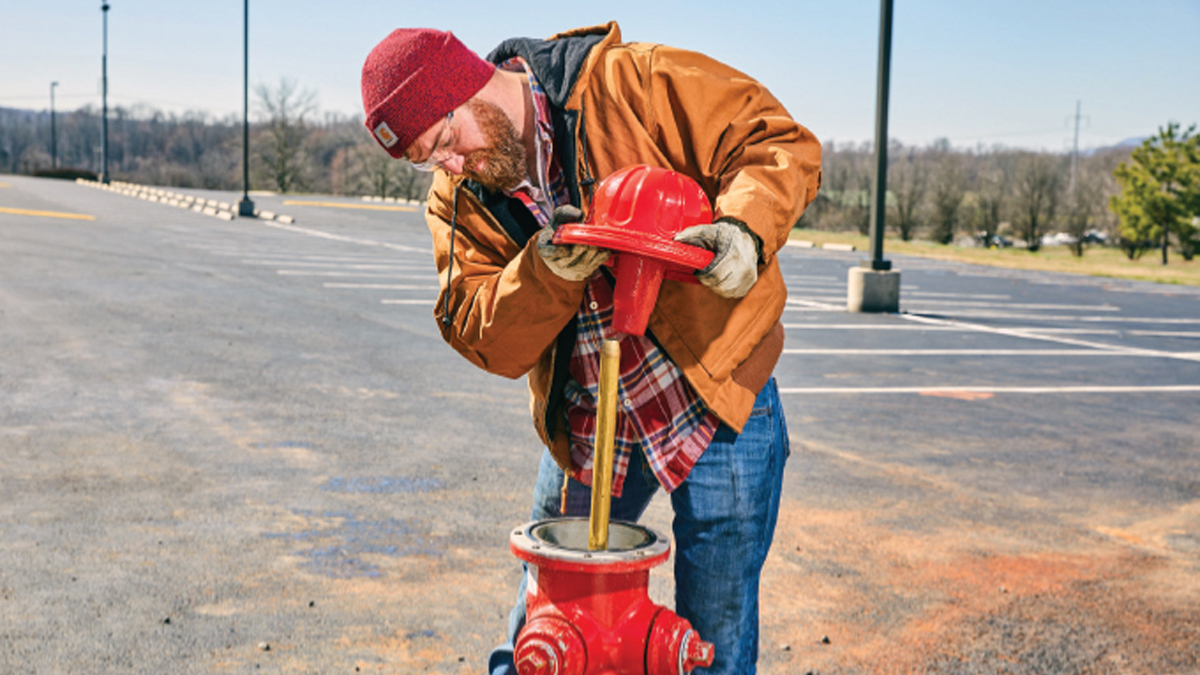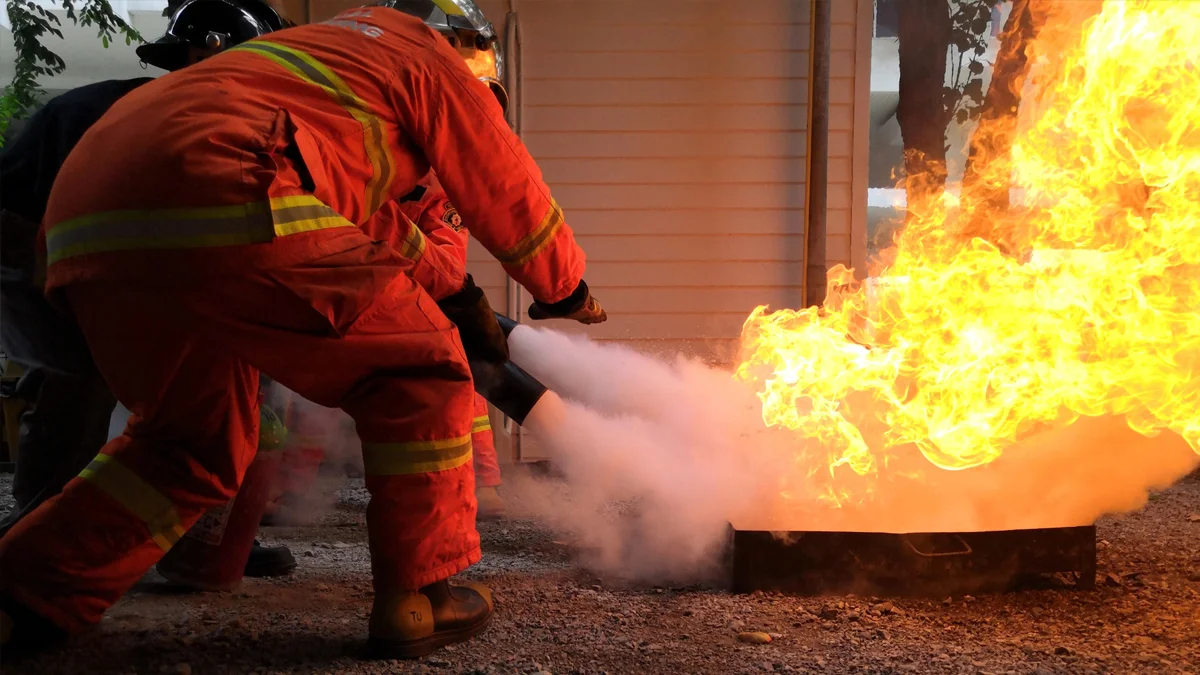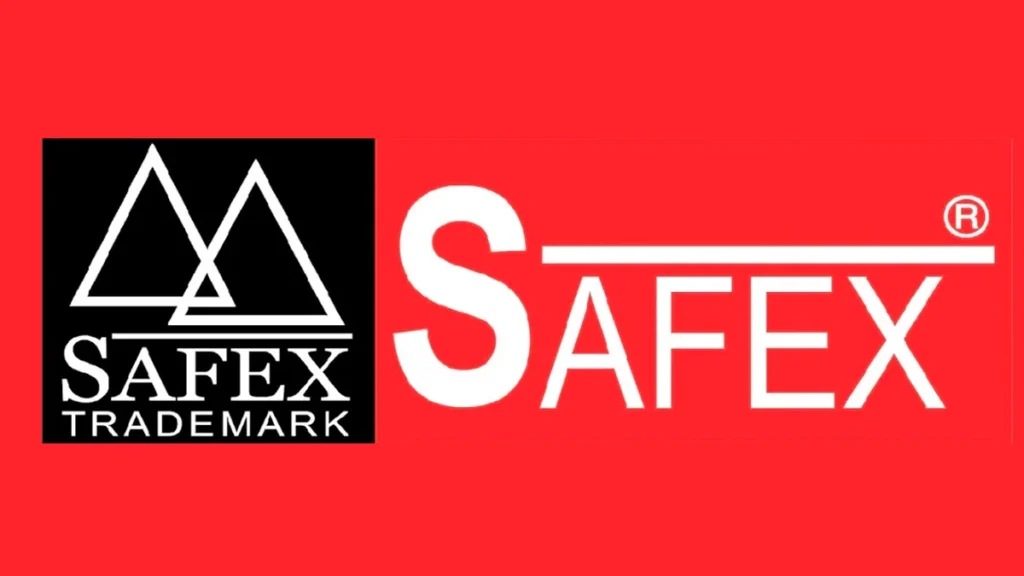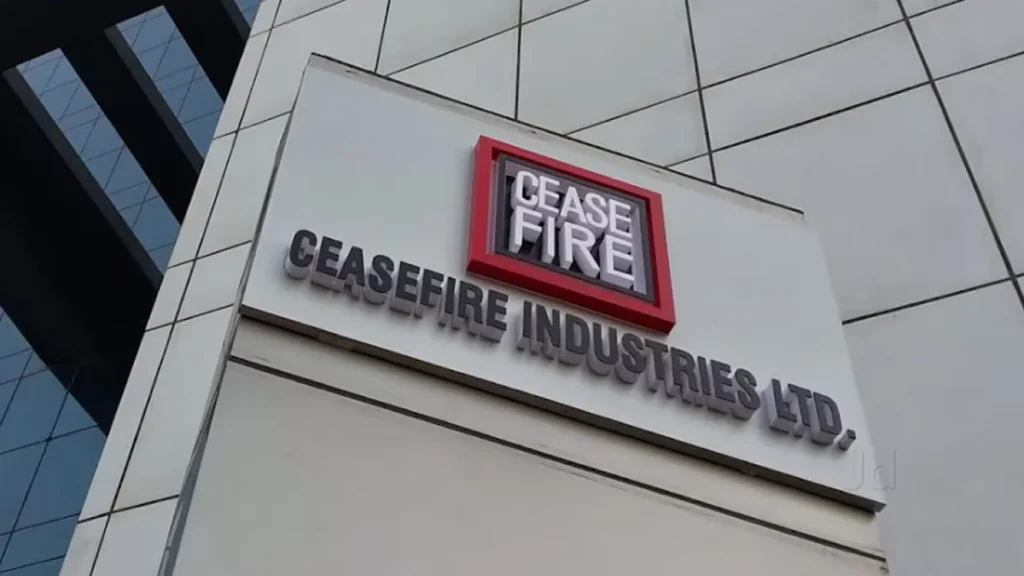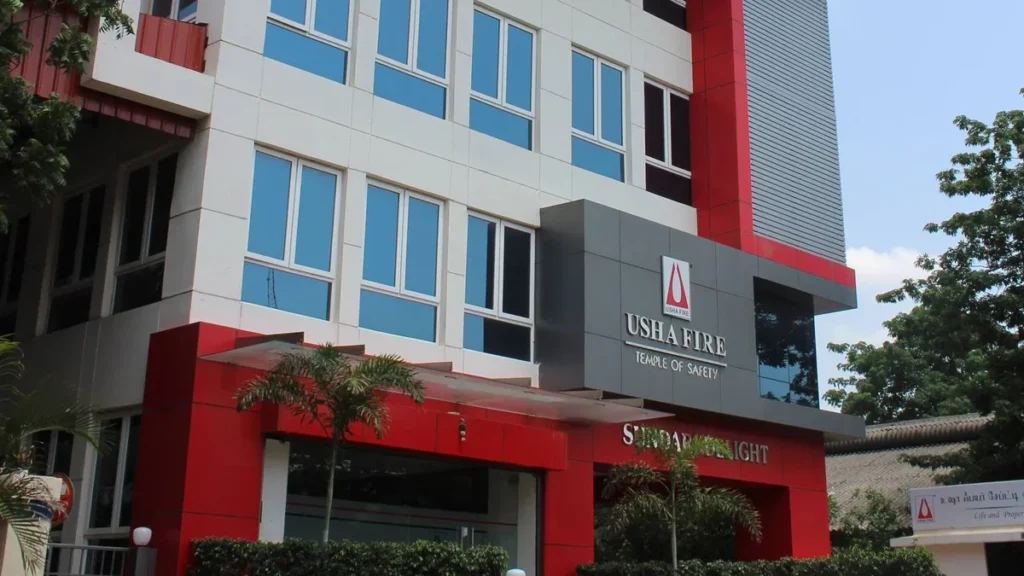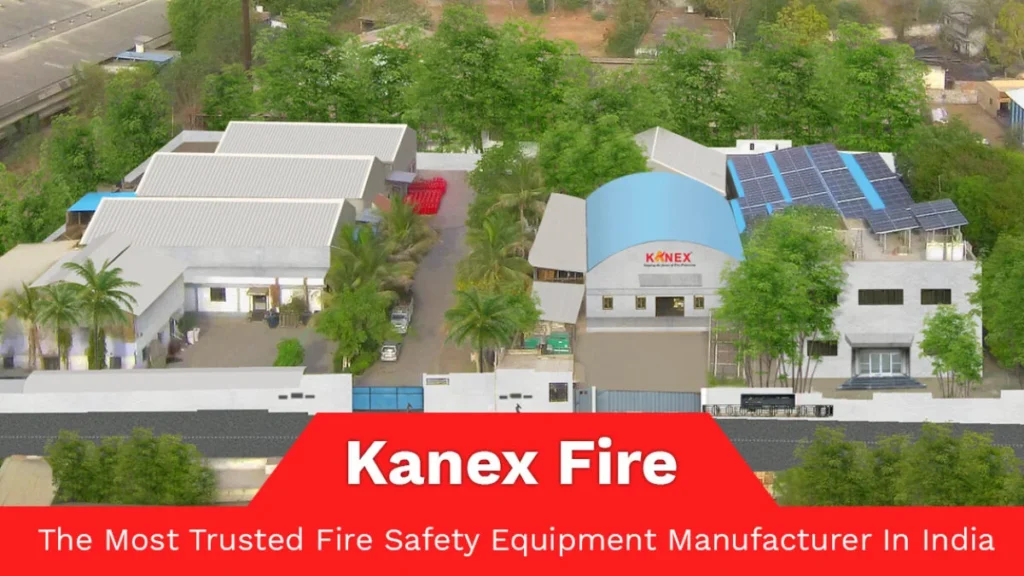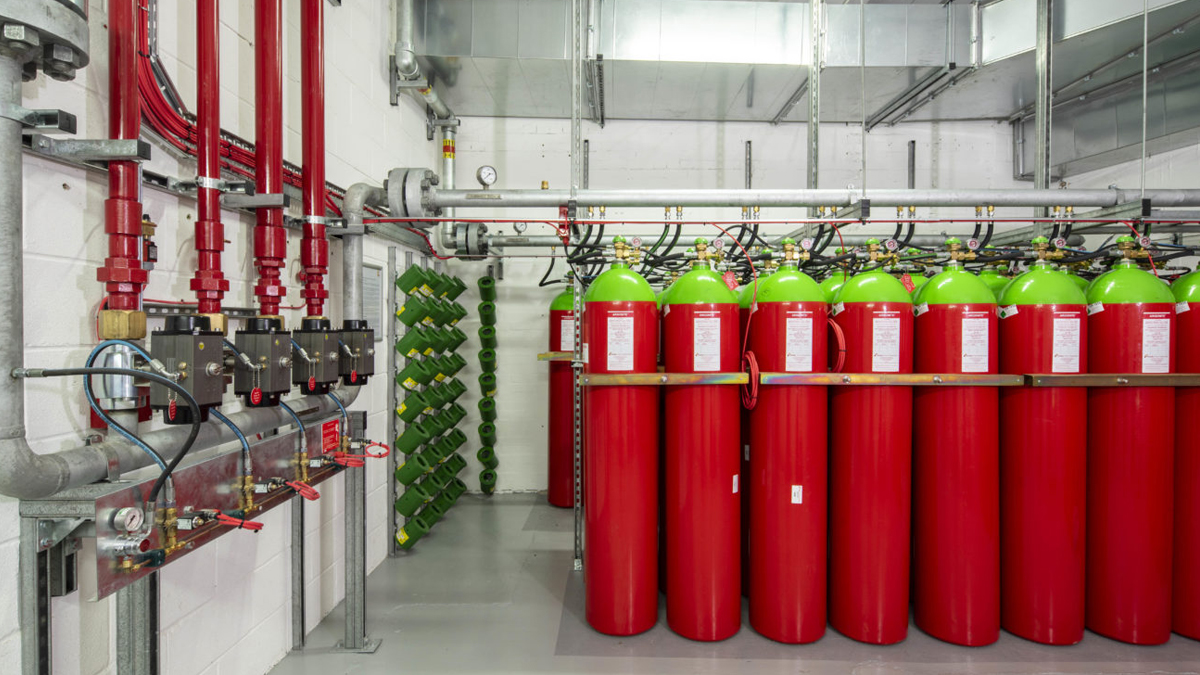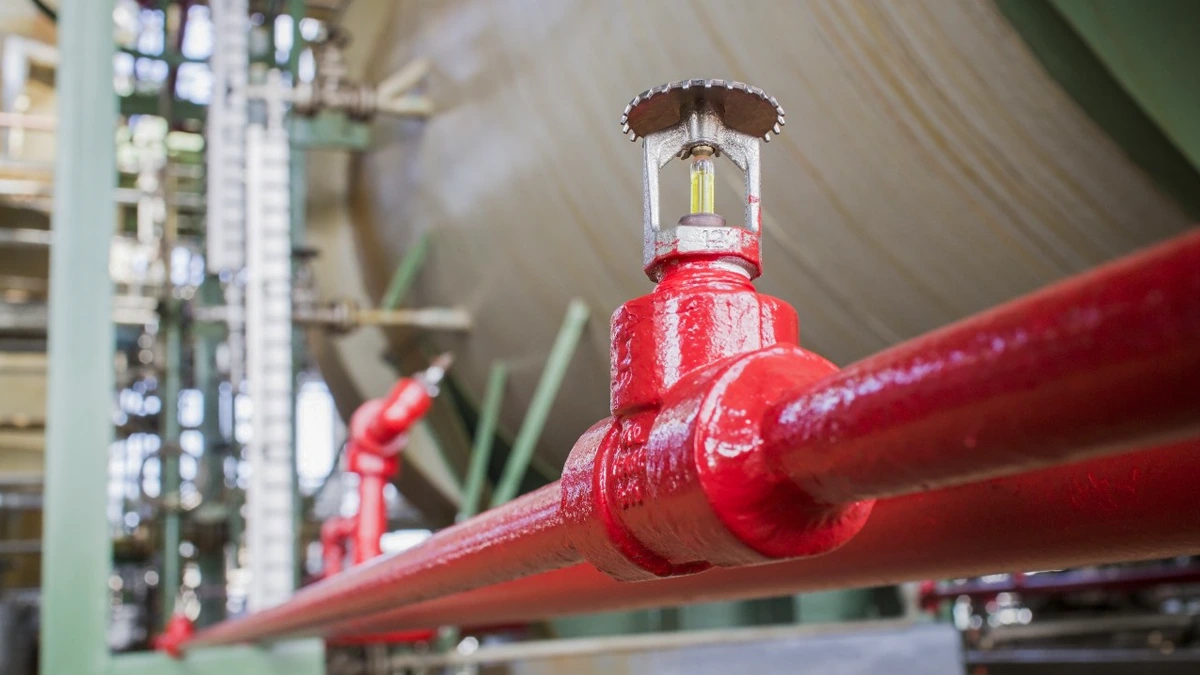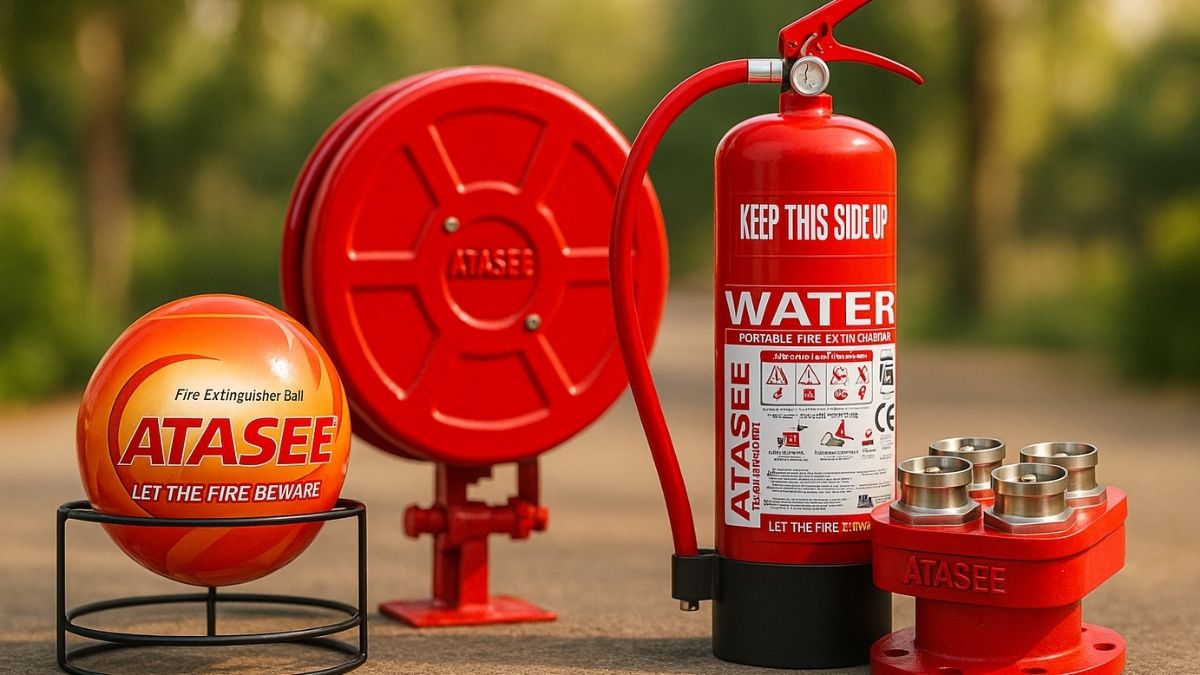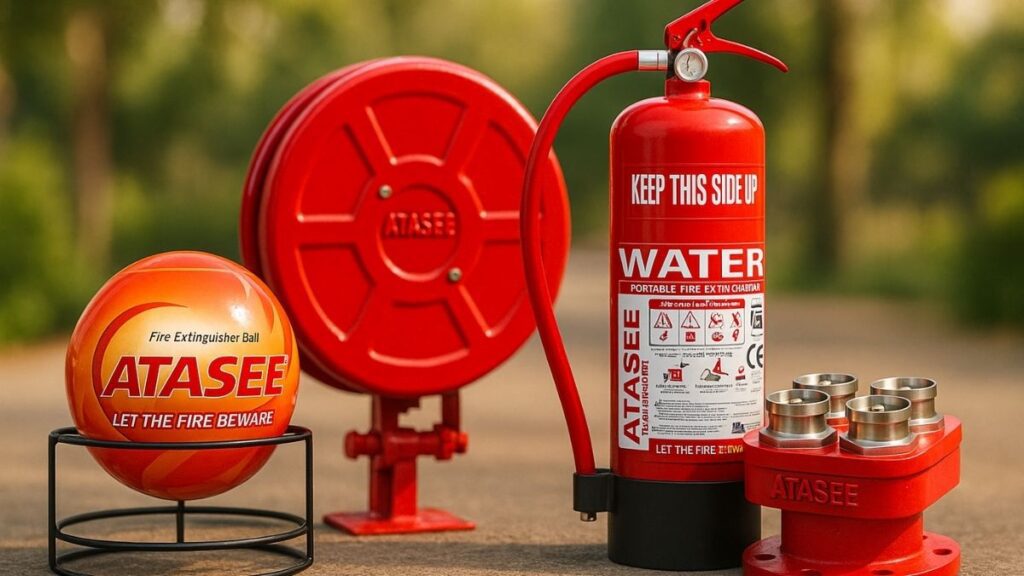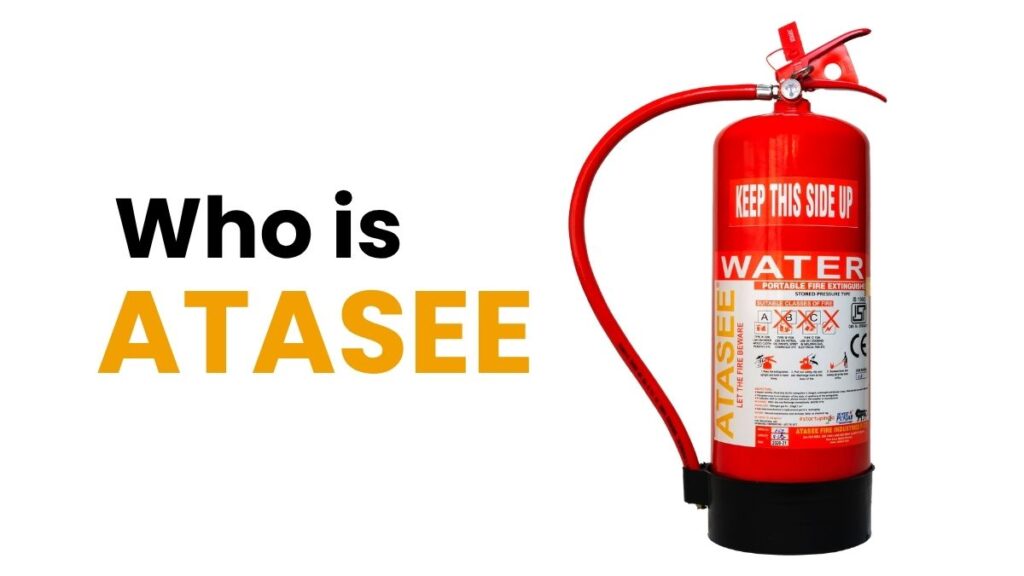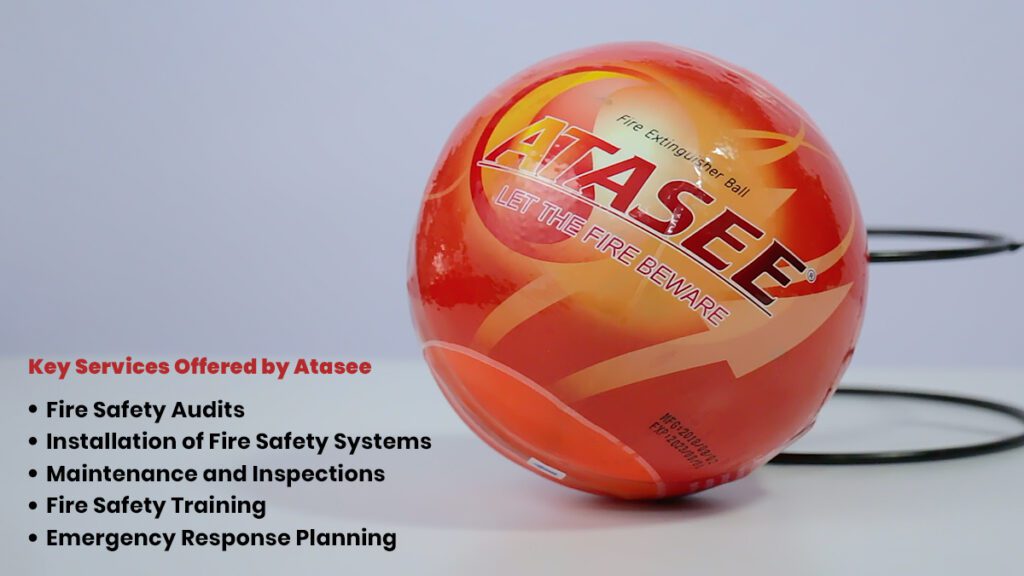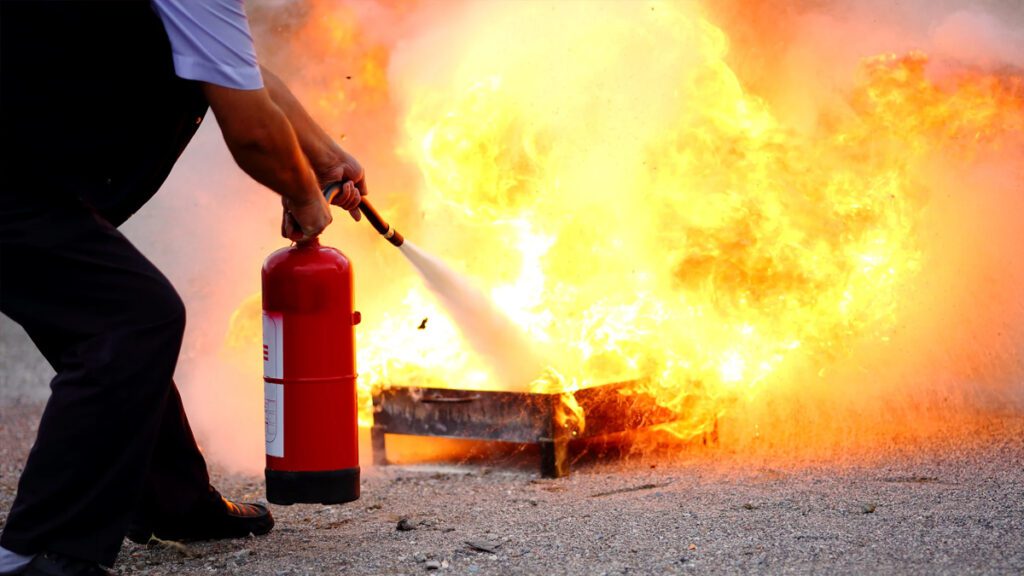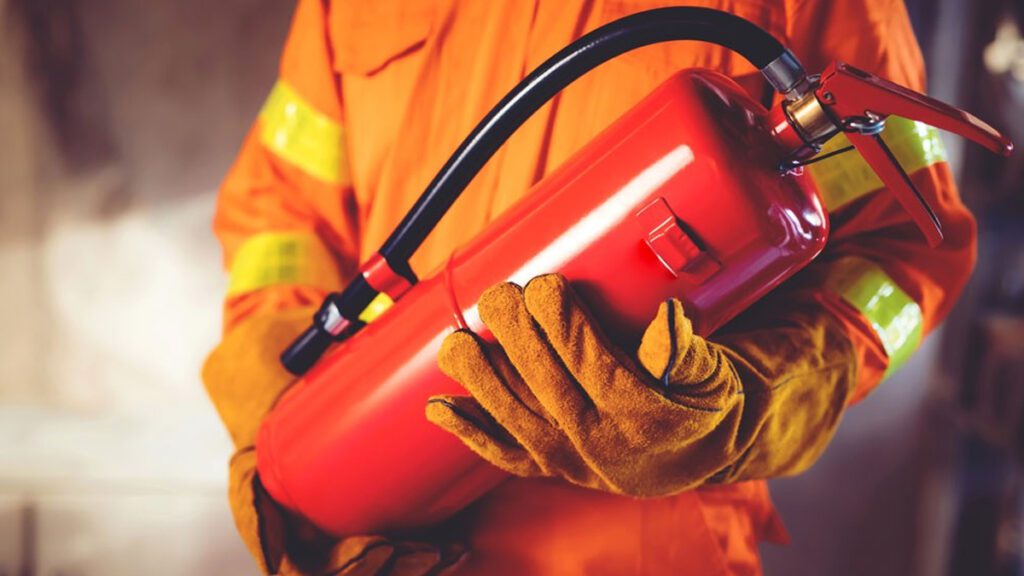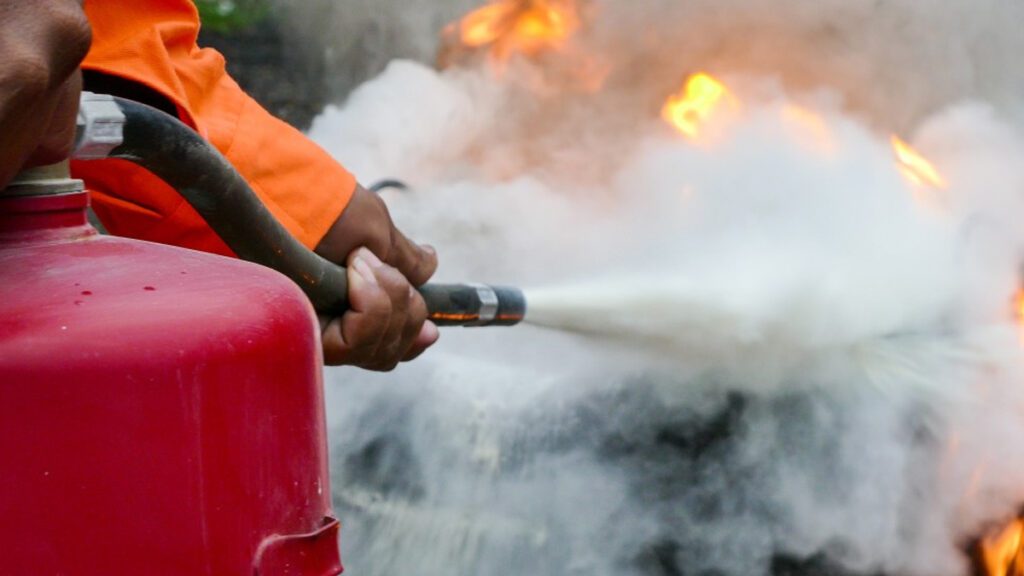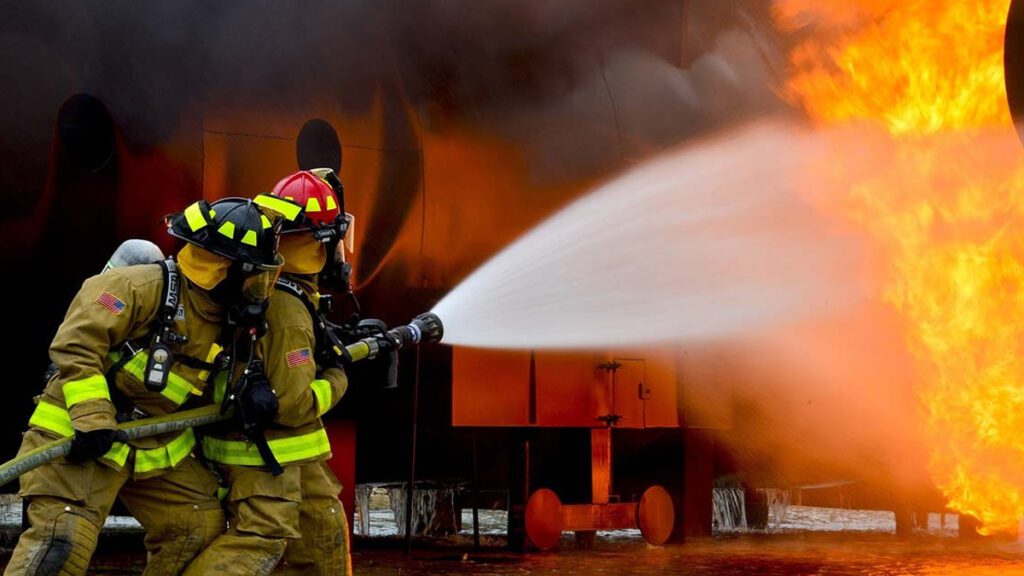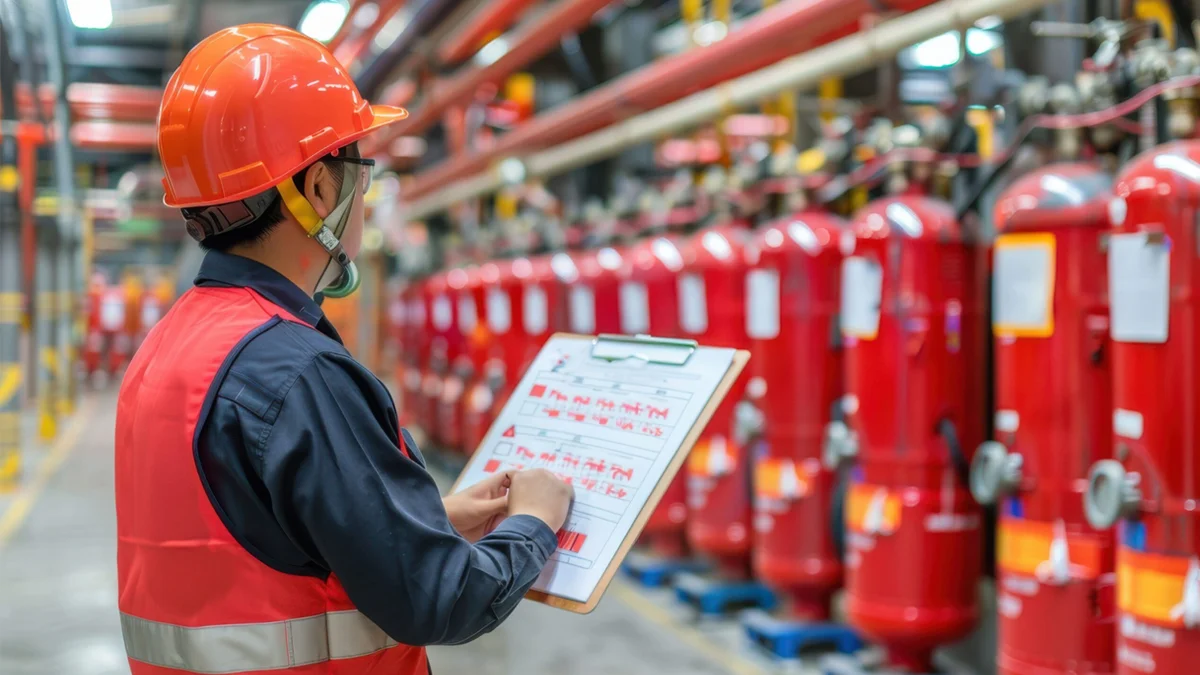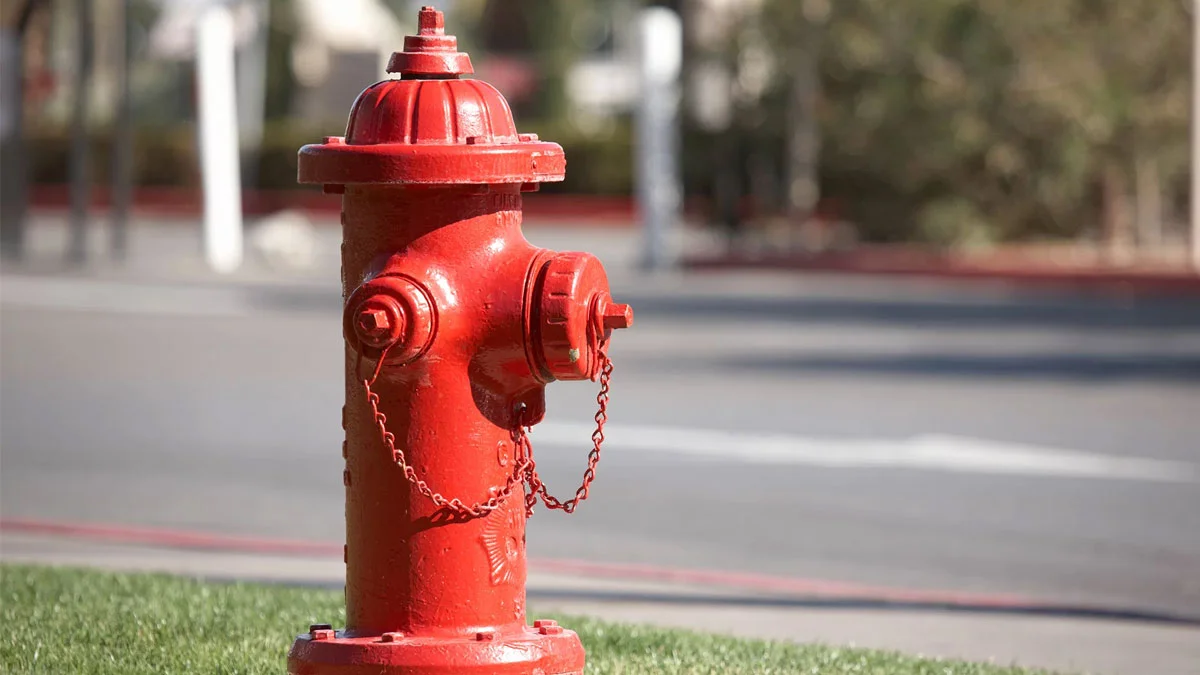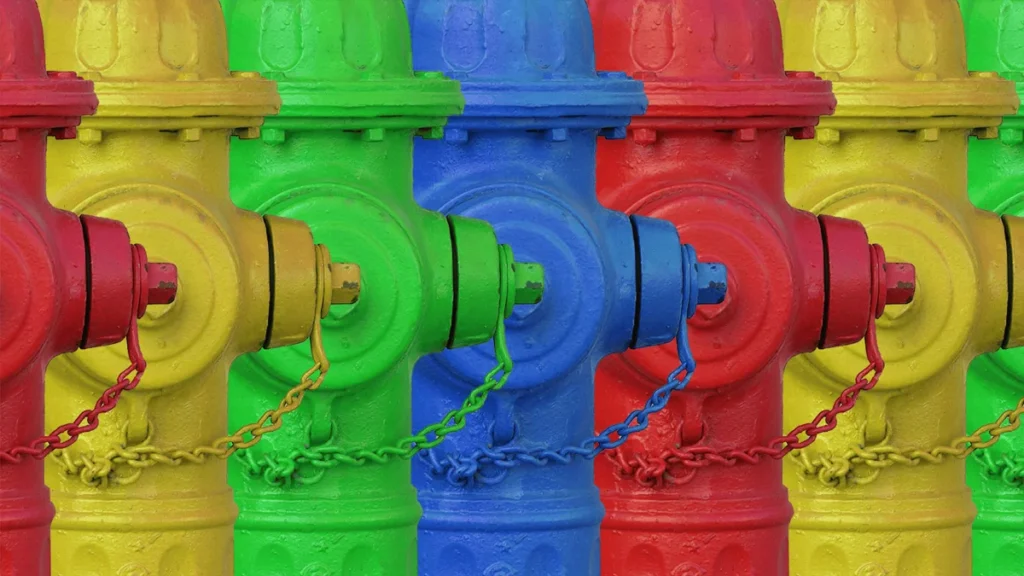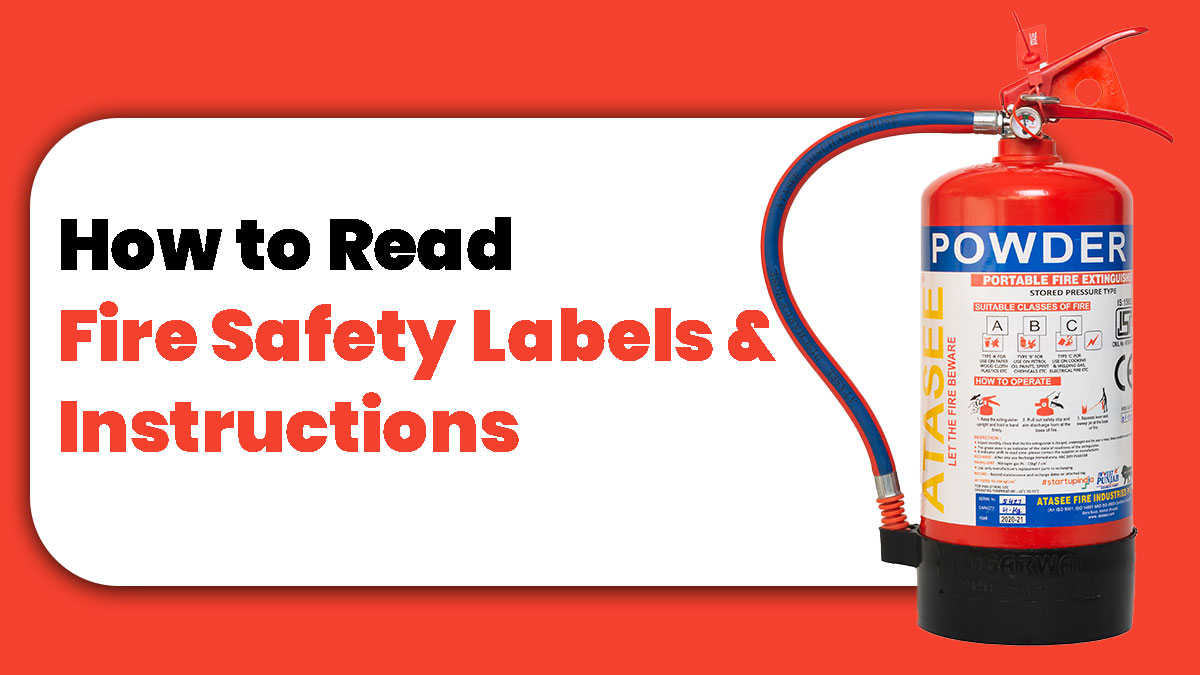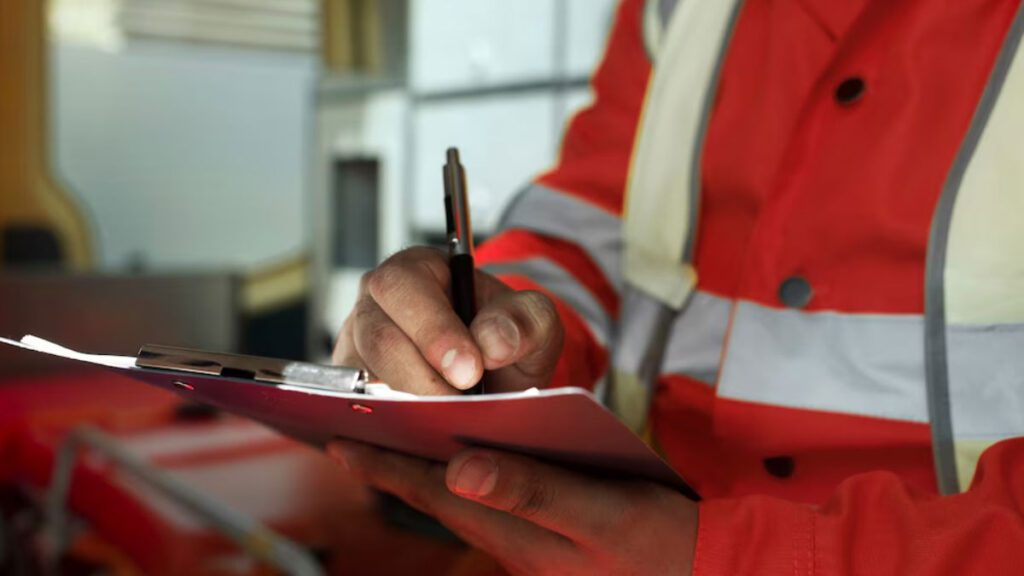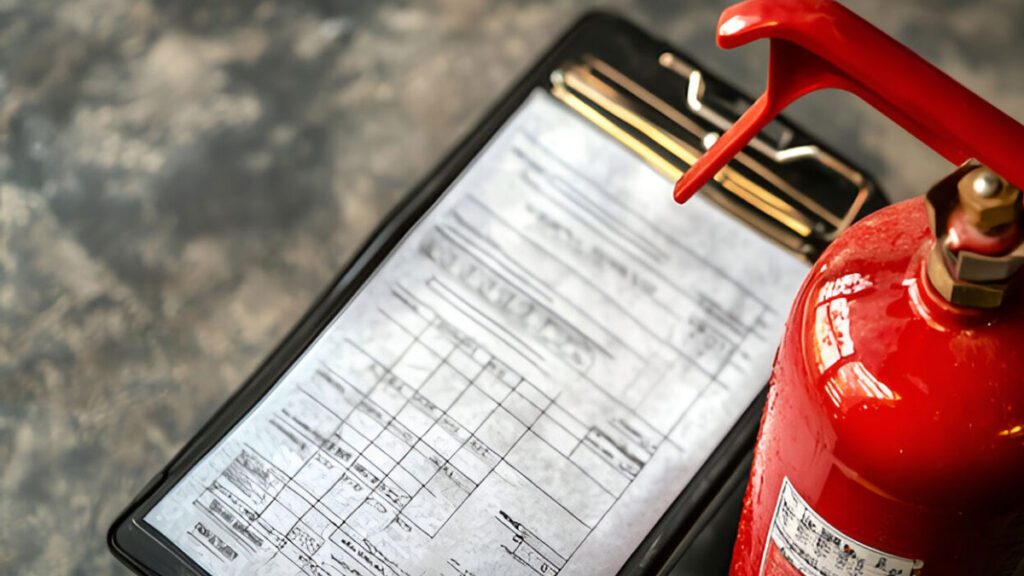Fire hydrant Maintenance are usually ignored until they are required in an emergency. These important parts of infrastructure provide firefighters with the water they require to control and extinguish fires. On the other hand, a neglected fire hydrant is unable to work when it’s most needed. Fire hydrants must be regularly checked and tested to ensure it is in good condition and working order. This article will explore why fire hydrant maintenance should be a priority with the consequences of ignoring fire hydrants, and what is the role of regular inspections and testing and how fire hydrant maintenance can help ensure the safety of our communities in the event of a fire.
What are Fire Hydrants and How Do Fire Hydrants Work?
A fire hydrant is a source of water used to fight fires. In case of a fire, firefighters use this connection to quickly get water from a water source, usually a municipal water supply.
Underground water mains are linked to fire hydrants. A specialized wrench is used to unlock the hydrant’s valve, allowing firefighters to access water. Firefighting hoses get water from the underground pipes after passing through the hydrant.
What is Fire Hydrant Maintenance?

Fire Hydrant maintenance is regular inspections and testing to ensure that the hydrants are in good condition with working order. Also, the municipal water authority is responsible for replacing and repairing damaged or faulty fire hydrants.
Although most fire hydrants are found in public areas, some are found on private property, like hospitals, colleges, universities, private retail parks, private parking lots, private schools, and private estates. The landowner is in the role of testing and maintaining these fire hydrants.
Why Fire Hydrant Maintenance should be a priority
The impact of a fire hydrant failing can be dangerous. Imagine firefighters finding that the nearest fire hydrant is not working when they reach the fire site. In these circumstances, every second matters, and a damaged fire hydrant may cause serious harm, injuries, or even fatalities. This shows the importance of dependable fire hydrants to public safety.
In addition to emergencies, the law mandates that hydrants be kept in good condition. To make sure hydrants are in good working order, many rules need routine testing, inspection, and repair. If this is neglected, cities may face fines for non-compliance and increased responsibility.
Key Considerations for Maintaining Fire Hydrants
The best way to keep a fire hydrant in good condition is through semi-annual or annual testing and maintenance. The frequency depends on the type of hydrant (dry barrel vs. wet barrel) and the local climate. Hydrants in harsh or cold climates may need more frequent checks.
Best Practices for Fire Hydrant Maintenance
- Regular Inspections: Routine checks ensure hydrants function properly.
- Fire Hydrant Exercise: Turning on the hydrant and its auxiliary valve ensures smooth operation.
- Lubrication: Follow the manufacturer’s instructions to prevent corrosion.
- Cleaning: Remove foreign objects like soda cans, wood, or rugs that can block valves.
- Checking for Standing Water: Prevent freezing by ensuring proper drainage, especially in cold areas.
- Traffic Safety Features: Inspect breakaway devices and ensure no obstructions hide the hydrant.
- Proper Hydrant Height: Incorrect height can cause damage in accidents and affect functionality.
- Leak Checks: Test for leaks to prevent soil erosion, corrosion, and contamination.
- Nozzle Cap Maintenance: Remove and clean caps, applying lubricant for easy future use.
- Record Keeping: Track inspections and repairs, label inoperable hydrants, and fix issues promptly.
Regular maintenance keeps fire hydrants reliable in emergencies.
Benefits of Regular Fire Hydrant Maintenance
Routine maintenance offers many benefits for public safety and long-term infrastructure savings:
- Enhanced Protection: Firefighters are more confident in handling crises when they have access to reliable, well-maintained fire hydrants. Small fires can be stopped from spreading and causing serious harm by having immediate access to water.
- Extended Lifespan: A fire hydrant’s lifespan can be considerably increased by routine maintenance, which minimizes the need for expensive replacements. This is especially helpful for budget-conscious cities.
- Savings on costs: Compared to emergency repairs or replacing a fire hydrant, regular maintenance is considerably more economical. Municipalities can avoid the high costs of significant repairs by addressing problems early.
- Regulatory Compliance: Municipalities can avoid penalties for non-compliance by following hydrant inspection and maintenance guidelines. Also, regular documentation indicates preparedness and accountability, both of which are essential for insurance audits.
The Importance of Maintaining Fire Hydrants
Maintaining fire hydrants is very important to ensure that they work perfectly when it is required. Fire hydrants that are neglected may have low water pressure or valve issues, which may cause delays or even valve failure when a fire has to be put out. Fire hydrants in more isolated areas or on private property should be given extra care because they can be the only water source nearby for firefighters.
Frequently Asked Questions
What is the maintenance of a fire hydrant?
Fire Hydrant maintenance is regular inspections and testing to ensure that the hydrants are in good condition with working order.
Why is the fire hydrant maintenance important?
Maintaining fire hydrants is very important to ensure that they work perfectly when it is required. Fire hydrants that are neglected may have low water pressure or valve issues, which may cause delays or even valve failure when a fire has to be put out.
What is the fire hydrant principle?
A fire hydrant is a source of water used to fight fires. In case of a fire, firefighters use this connection to quickly get water from a water source, usually a municipal water supply.
What is the maximum pressure in a hydrant?
The pressure in fire hydrants depends from hydrant to hydrant. Depending on additional elements regulating the water system, it may even vary within the same hydrant. Although it can be higher or lower, the standard range is 20 to 100 psi.
Conclusion:
Fire hydrant maintenance is an investment in community safety, infrastructure longevity, and regulations for compliance. Municipalities can ensure their hydrants are always working, cost-effective, and compliant with safety standards. Communities actively support the safety of people and property by protecting these resources, proving the huge impact that even little infrastructure elements may have.

